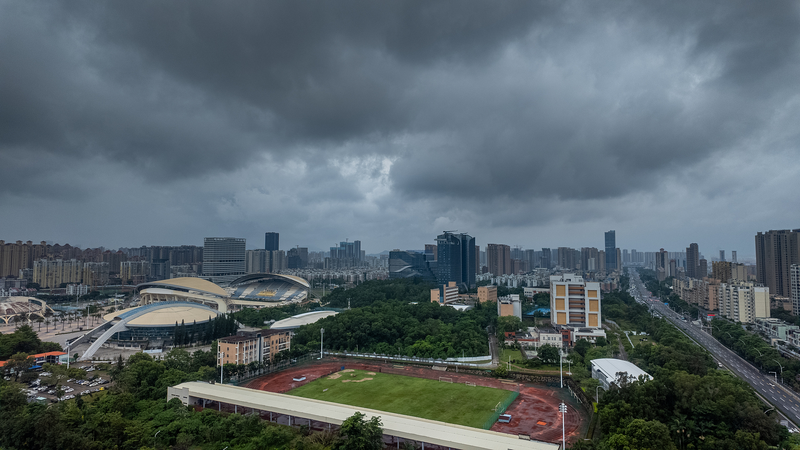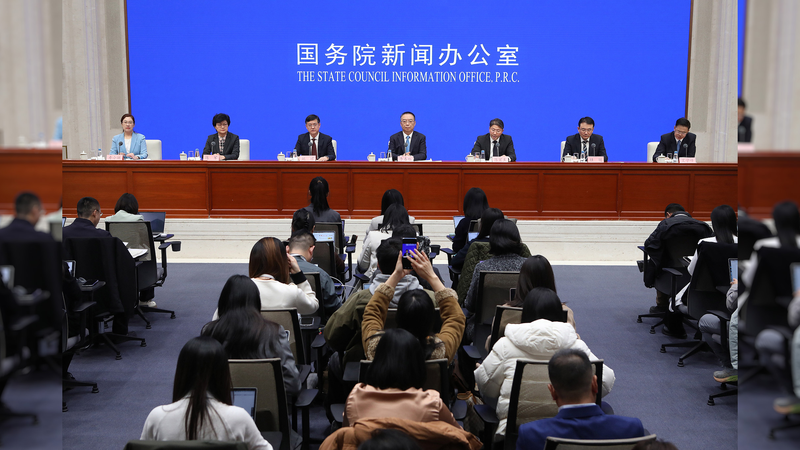In early August, south China’s Guangdong Province was hit by an intense burst of torrential rains 🌧️. The downpours triggered mudslides, landslides and urban flooding, forcing over 85,400 residents to evacuate their homes.
So, what made these rains so extreme? Let’s break it down:
- Supercharged Monsoon: The summer monsoon brought massive amounts of moisture from the South China Sea, acting like a giant water tap turned all the way up.
- Typhoon Remnants: A passing typhoon added extra energy to the system, fueling heavier, more persistent showers than usual.
- Urban Heat Islands: Cities in Guangdong trap heat between concrete and glass, creating pockets of warm air that intensify convective storms—think of it as a pressure cooker effect in the sky.
- Mountainous Terrain: When moisture-laden clouds hit Guangdong’s hills, they’re forced upward, cool rapidly and dump extra rain—nature’s own rainmaker.
With climate patterns shifting globally, these extreme weather events are becoming more common. For young explorers, investors and students alike, understanding these dynamics is key to staying prepared and resilient.
Stay safe, stay curious, and keep an eye on the sky! ☁️✨
Reference(s):
cgtn.com



